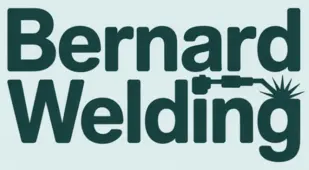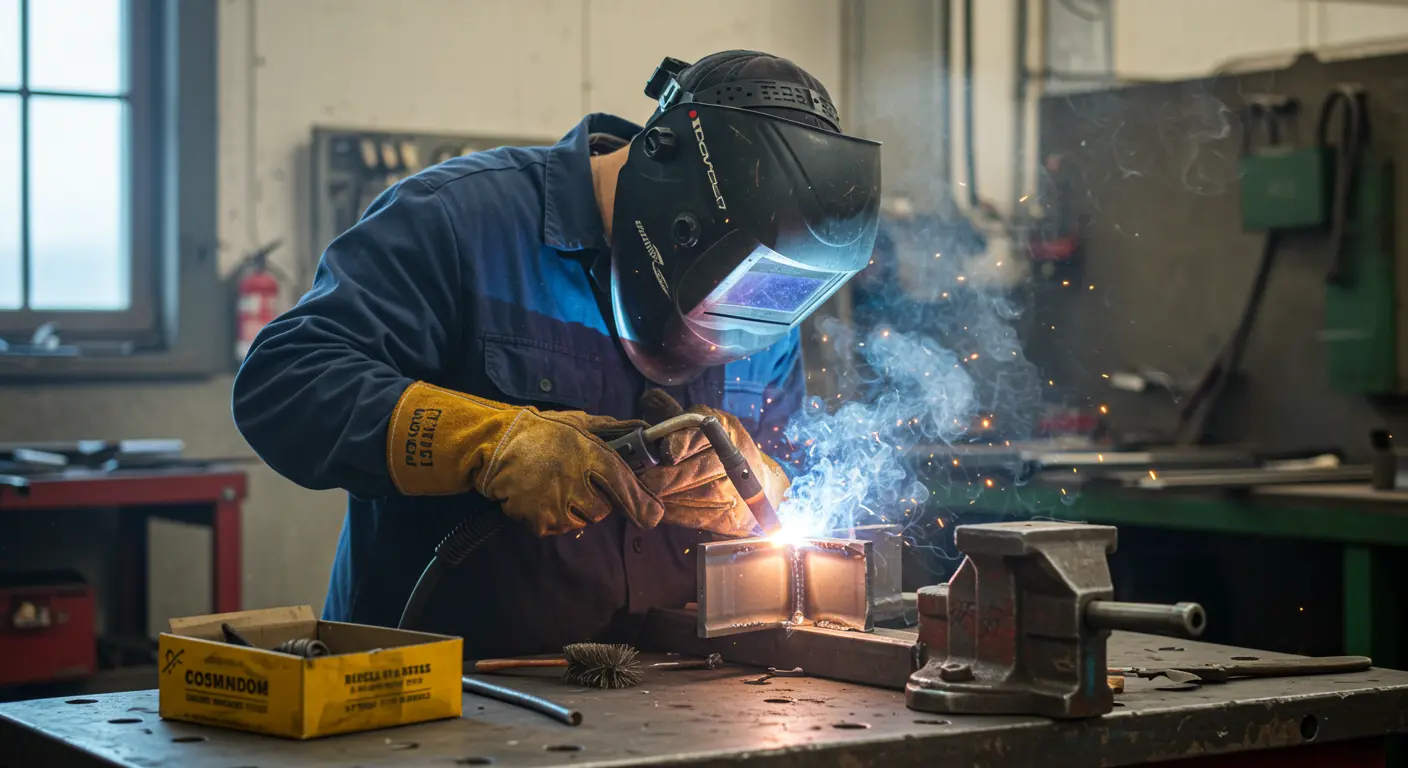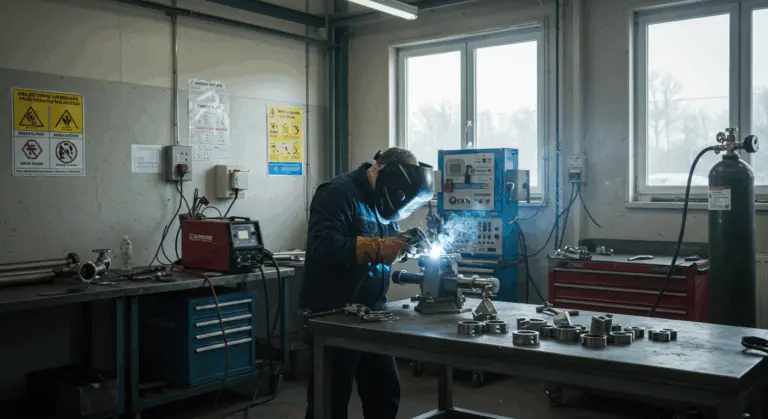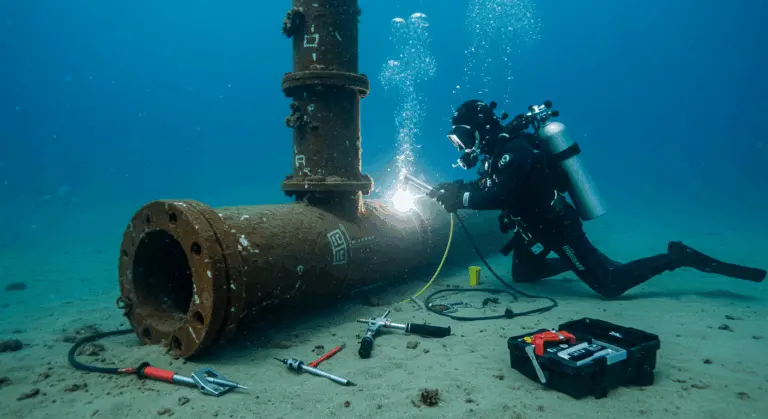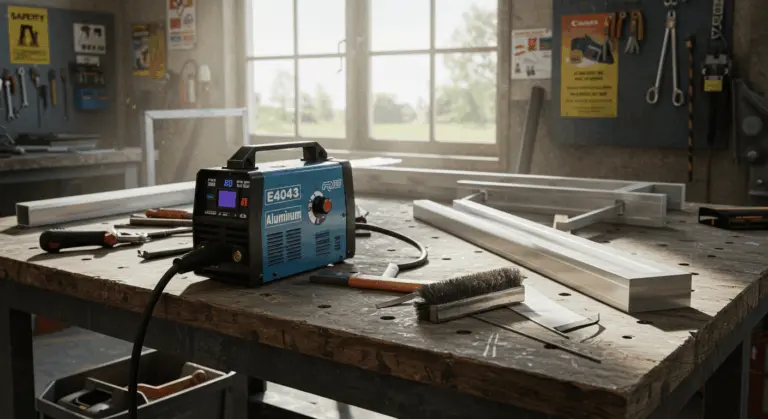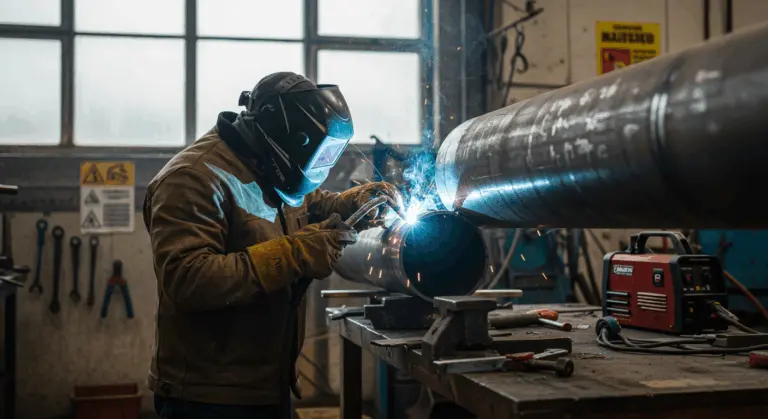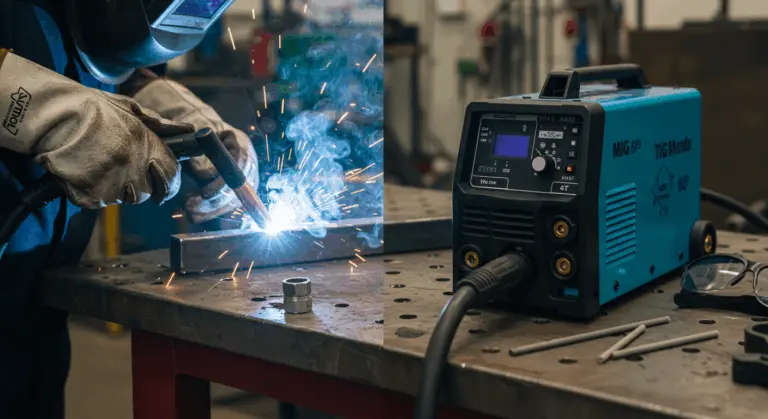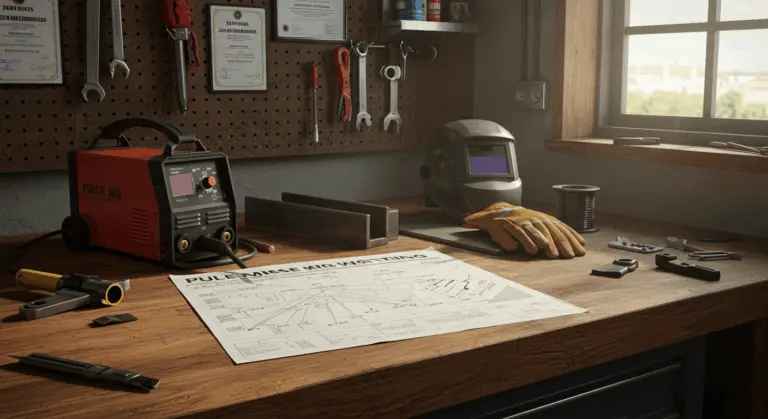What is a Root Pass in Welding?
The root pass represents the first—and arguably most critical—weld bead in any multi-pass joint, designed to achieve complete penetration through the root. When executed properly, it forms a small bead on the reverse side, providing visual confirmation that full fusion has been achieved at the joint’s deepest point.
This foundational pass establishes the structural backbone for every subsequent weld layer. A compromised root pass—whether weak or flawed—undermines the entire weld’s integrity and mechanical strength, regardless of how expertly the following passes are executed.
In a multi-pass weld, the sequence of layers is:
-
Root Pass: The foundational pass for deep fusion.
-
Fill Passes: Subsequent layers that build up the joint’s volume.
-
Cap Pass: The final pass that completes the weld’s surface profile.
The Process of Performing a Root Pass
Executing a successful root pass demands both careful technique and meticulous joint preparation. The process begins with beveling the material edges and establishing a proper root gap—creating the essential space for weld metal to achieve complete penetration.
Welders employ several specialized techniques to execute a root pass:
-
Haywire Technique: A filler wire is placed in the joint before welding to help control penetration.
-
Keyhole Technique: Common in TIG and MIG welding, this involves maintaining a small hole at the leading edge of the weld pool to confirm complete penetration visually.
-
Freehand Technique: Relies primarily on the welder’s skill to achieve proper penetration without physical aids.
Maintaining the correct keyhole size proves crucial: too small, and penetration remains incomplete; too large, and burn-through becomes inevitable. The welder must skillfully balance travel speed, arc length, and electrode angle to achieve consistent, reliable results.
Electrode Selection for Root Pass
Selecting the appropriate electrode for root pass welding is essential for achieving proper penetration and superior weld quality. The ideal electrode provides excellent arc stability, strong penetration, and a weld bead with the necessary mechanical properties.
Common electrode choices for stick welding (SAW) include:
-
E6010: An excellent choice for root passes, especially in pipe welding. Its strong, deep-penetrating arc effectively burns through burning through contaminants.
-
E6013: An alternative for thinner materials or when less penetration is required.
-
E7018: A low-hydrogen electrode typically used for fill and cap passes due to its high strength and excellent mechanical properties.
In challenging positions like vertical-up or overhead, electrode selection becomes particularly important. E6010 electrodes excel in these demanding scenarios due to their fast-freezing slag that effectively controls the weld pool. For TIG root passes, the filler metal typically matches the base metal, since the process itself provides precise control.
Common Defects Associated with Root Pass
The root pass remains vulnerable to several critical defects:
Welding Positions and Their Impact on Root Pass
The welding position dramatically influences the complexity of executing a root pass:
Standards and Best Practices for Root Pass
The American Welding Society (AWS) provides detailed standards for root pass welding, particularly in critical applications like pipeline construction and pressure vessel fabrication. ANSI/AWS D10.11-87 specifically addresses recommended practices for root pass welding of metal pipe butt joints. This standard covers essential aspects including joint design, proper assembly techniques, and filler metal selection—ensuring root passes meet the strict requirements for structural integrity and safety.
Best practices for root pass welding begin with meticulous preparation:
Adherence to a qualified Welding Procedure Specification (WPS) is essential for code-compliant work. A WPS dictates the essential variables—amperage, voltage, travel speed, and electrode selection—ensuring repeatable, high-quality welds that consistently meet industry standards.
